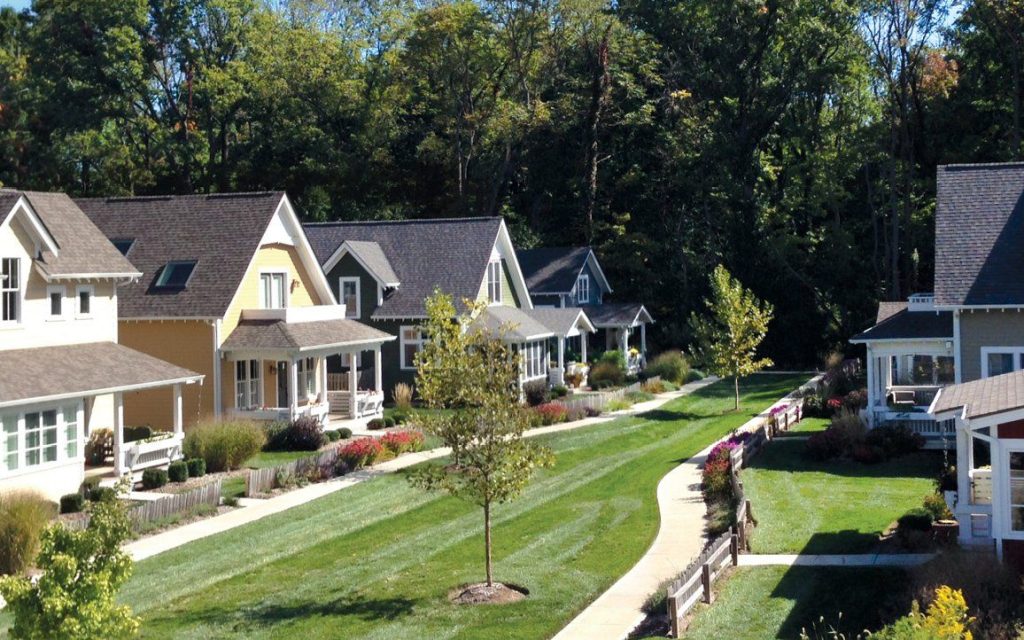
What Affects House Prices? Key Factors That Influence the Real Estate Market

House prices fluctuate for a variety of reasons, and understanding what drives these changes can help both buyers and sellers make informed decisions. Whether you’re purchasing your first home, selling an investment property, or just curious about real estate trends, it’s important to know the factors that influence property values.
Here’s a look at the main elements that affect house prices and how they interact to shape the real estate market.
1. Location, Location, Location
One of the most significant factors that affect house prices is the location of the property. A home’s desirability can increase or decrease depending on its proximity to amenities, employment opportunities, and the quality of schools.
Key Location Factors:
- Neighborhood quality: Homes in safe, well-maintained neighborhoods tend to hold or increase in value. Proximity to parks, shopping centers, and restaurants can also boost property appeal.
- School districts: Families often prioritize homes in areas with highly-rated school districts. A top-rated school system can significantly increase house prices.
- Proximity to employment: Properties located near major employment hubs or areas experiencing economic growth often see higher demand, which drives up prices.
- Access to transportation: Easy access to highways, public transportation, and airports can make a location more attractive, raising home values. Conversely, properties in areas with poor transportation options may see lower demand and prices.
2. Supply and Demand
The basic economic principle of supply and demand is a major determinant of house prices. When demand for homes outpaces supply, prices tend to rise, and when there are more homes available than buyers, prices may fall.
Key Factors Influencing Supply and Demand:
- Population growth: In areas where the population is growing rapidly, there is typically more demand for housing, which can drive prices up. Conversely, in areas where populations are shrinking, demand may decline, causing house prices to drop.
- New construction: The availability of newly constructed homes can impact the housing supply. A surge in new developments can increase supply and potentially lower prices in an area, while limited new construction can drive prices up.
- Interest rates: Lower mortgage interest rates make it easier for people to borrow money to buy homes, increasing demand and driving up prices. When interest rates rise, the cost of borrowing increases, which can reduce demand and slow price growth.
- Housing inventory: If there are more homes for sale than buyers, prices tend to fall. Conversely, when the number of available homes is limited, competition among buyers can push prices higher.
3. Economic Conditions
The overall health of the economy has a direct impact on house prices. Economic factors like employment rates, wages, inflation, and consumer confidence play a role in how much people are willing and able to spend on a home.
Economic Influencers:
- Employment and income levels: When the economy is strong, people generally have higher levels of income and job security, which boosts their ability to purchase homes. Higher employment rates and rising wages increase the demand for housing, driving up prices.
- Inflation: When inflation rises, the cost of goods and services—including housing—tends to increase. In times of high inflation, the cost of building materials and labor can go up, which can lead to higher home prices.
- Consumer confidence: When people feel optimistic about their financial situation and the overall economy, they are more likely to make major purchases like homes. In periods of economic uncertainty, people may be more hesitant to buy, which can lead to lower demand and falling prices.
4. Interest Rates and Mortgage Availability
Interest rates, particularly mortgage rates, are one of the biggest factors influencing house prices. Lower interest rates make mortgages more affordable, increasing demand for housing and driving up prices.
Interest Rate Impacts:
- Low interest rates: When mortgage rates are low, borrowing costs decrease, making it cheaper for buyers to finance a home. This often leads to higher demand and increased competition, which pushes house prices upward.
- High interest rates: Conversely, when mortgage rates rise, the cost of borrowing becomes more expensive. This can reduce demand for homes as fewer buyers can afford to take on higher mortgage payments, which can slow price growth or even cause prices to drop.
- Loan availability: Mortgage lending practices also affect house prices. When banks and lenders make it easier to qualify for loans, more people can enter the housing market, boosting demand and prices. On the other hand, if lending standards tighten, fewer buyers may be able to secure financing, reducing demand and prices.
5. Government Policies and Regulations
Government intervention in the housing market through policies, taxes, and incentives can also impact house prices. Local, state, and federal government actions can either stimulate or cool the housing market.
Policies That Influence Prices:
- Tax incentives: Programs like tax credits for first-time homebuyers or property tax exemptions can increase demand for housing, leading to price growth. On the flip side, higher property taxes can deter potential buyers and cause prices to stagnate or fall.
- Zoning regulations: Local zoning laws that limit the types of properties that can be built in certain areas can affect housing supply. For example, strict zoning that restricts multi-family housing construction can limit supply and increase house prices in high-demand areas.
- Government spending on infrastructure: Investments in local infrastructure, such as new highways, public transit, or schools, can increase the desirability of certain areas, driving up property values.
- Mortgage assistance programs: Government programs that make homeownership more accessible, such as FHA loans or down payment assistance, can increase demand and push up prices.
6. Property Characteristics
The specific features and condition of a property can have a direct effect on its market value. Buyers are willing to pay more for homes with desirable characteristics, such as modern amenities, spacious layouts, or energy-efficient features.
Property-Specific Factors:
- Size and layout: Larger homes with more bedrooms, bathrooms, and living spaces generally command higher prices. Additionally, homes with open floor plans, updated kitchens, or extra amenities like finished basements or outdoor spaces tend to be valued higher.
- Condition and age: Well-maintained homes with recent updates or renovations will typically sell for more than older homes that need significant repairs. Buyers often pay a premium for properties that are move-in ready.
- Energy efficiency and sustainability: With growing interest in eco-friendly living, homes with energy-efficient features, such as solar panels, modern insulation, and energy-saving appliances, can attract higher offers.
- Curb appeal: First impressions matter in real estate. Homes with attractive landscaping, a well-maintained exterior, and appealing architectural design often sell for higher prices than homes with less curb appeal.
7. Market Sentiment and Trends
The psychology of buyers and sellers plays a significant role in the real estate market. Market sentiment—whether people feel the market is trending up or down—can influence how quickly houses sell and at what price.
Buyer and Seller Behavior:
- Fear of missing out (FOMO): In hot markets, where prices are rising quickly, buyers may feel pressure to purchase quickly for fear that prices will continue to rise, driving up demand and prices even further.
- Cooling markets: In contrast, if buyers believe the market is slowing or prices are peaking, they may hold off on purchasing, leading to lower demand and price reductions.
- Market trends: Trends such as remote work have also affected housing preferences. For example, since the pandemic, many buyers have sought larger homes with office space or properties in suburban or rural areas, driving up prices in those markets.
Conclusion: Multiple Factors Shape House Prices
House prices are shaped by a combination of economic, social, and market-specific factors. Location, supply and demand, interest rates, economic conditions, government policies, property characteristics, and market sentiment all work together to determine how much a home is worth. Whether you’re buying or selling, understanding these factors can help you navigate the market and make smarter decisions.





